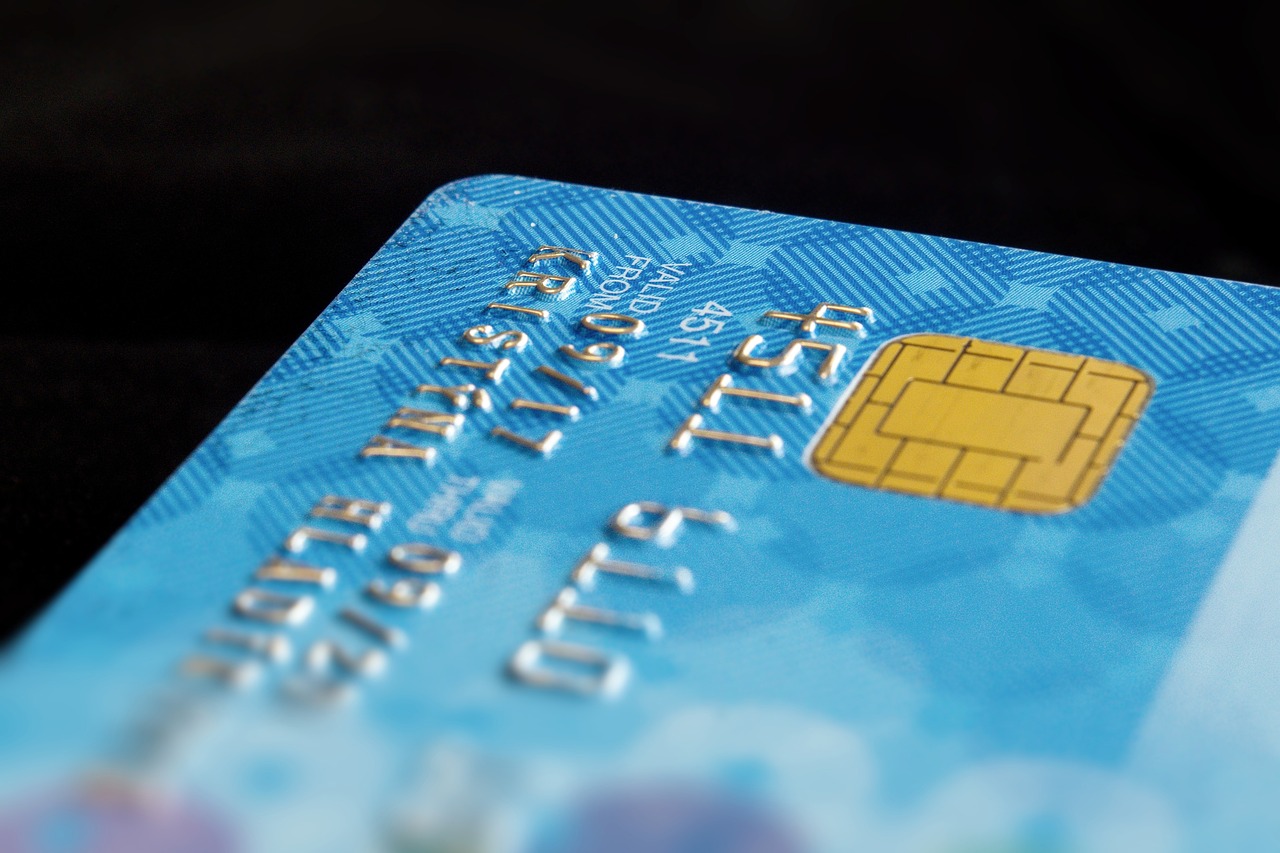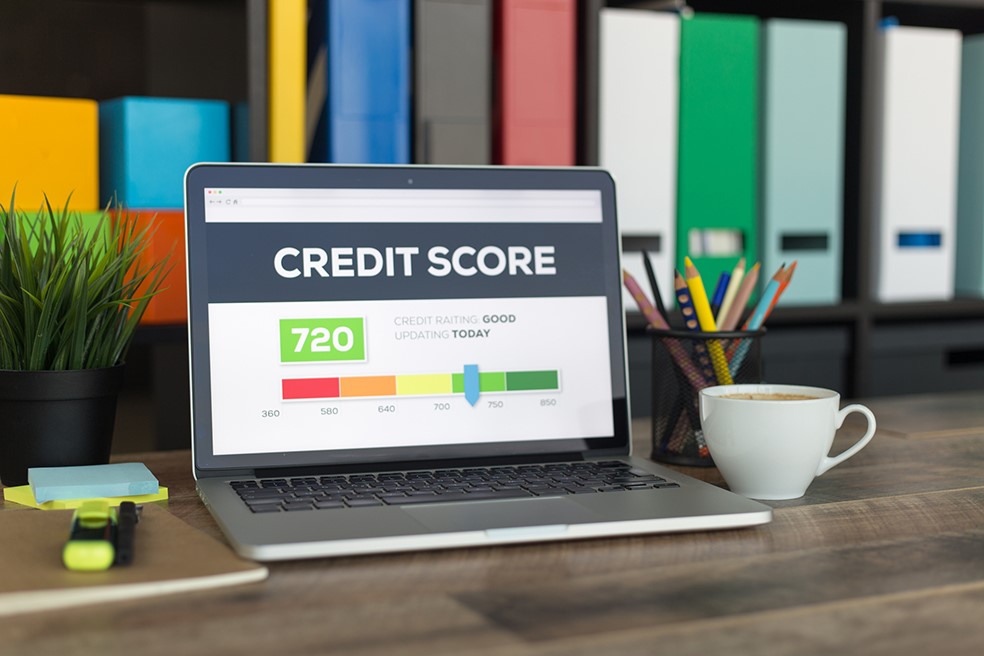How to File a Credit Report Dispute

Your credit report can have a significant impact on your financial well-being. It can prevent you from securing loans and credit cards or cause you to pay high-interest rates if your credit report has errors or reflects an incorrect credit history. More specifically, errors can cause you huge trouble.
It’s important to take quick action and remove inaccuracies immediately. Credit report disputes need to be initiated and resolved as soon as possible. But why?
The negative items can lead to lower credit scores and actually cause more problems in the long run.
But don’t worry.
In this comprehensive blog, we’ll share how you can identify errors in your credit report, how to dispute credit report errors, and much more that you must know.
So let’s get started.
Understanding the Importance of an Accurate Credit Report
You might be wondering why you should bother checking your credit report inaccuracies. How can these errors impact you?
Your credit score is an important factor when potential lenders or creditors are deciding whether or not to approve you for a loan, and any errors could put you at a disadvantage.
This is crucial because even a minor mistake can impact your financial well-being.
Errors in the status of your accounts, such as marking a closed account as open, can affect your credit utilization ratio. This ratio is a key factor in calculating your credit score. So, an incorrect status can have a negative impact on credit scores.
Duplicate entries for a single account can inflate your debt load. Thus making it appear that you owe more than you do. It negatively affects your credit utilization and credit score.
Additionally, if late payments are reported, it can drastically affect your credit score, so reviewing the payment history of all accounts is critical.
Identifying Errors On Your Credit Report
Now that you know why, it’s essential to know credit report errors. Let’s look at some of the most common and crucial errors in credit reports and how to identify them.
Inaccurate account statuses
- Verify if your accounts are labeled correctly as open or closed. This will always be the section most commonly titled “Account Status” or simply “Status.”
Incorrect Balances Reporting
- Check that reported balances are accurate. To verify the amount reporting is accurate, you should review the balance on your most recent account statement directly from the creditor. The statement closing date will tell you when the creditor calculated your balance to report it to the bureaus.
Incorrect Payment History
- Correct payment history and any reported late payments. This information can be reviewed by the payment timeline for each account and by looking at the “Payment Status” portion of the reporting.
Data Mistakes
- Watch out for data mix-ups, including someone else’s information on your report. You can locate this information in the personal information section of your reports. This information consists of your name, address, social security number, and phone number.
Fraudulent Accounts
- Examine credit inquiries for any you didn’t authorize, which could indicate potential fraud. Hard inquiries are labeled as such, and these can impact your credit score. You should review this section to ensure there is no creditor inquiry you do not recognize. Sometimes, you will see a section for soft inquiries; these do not affect your credit score, and you do not need to do anything regarding soft inquiries. They’re just potential lenders checking your credit to see if they’d like to add you to their promotions.
5 Steps to File a Credit Report Dispute
Now that you know what to look for, it’s not enough to just know these errors are present. Using the right methodology is critical to resolving your credit report dispute quickly.
Obtaining your Credit Report
The first step in filing a credit report dispute is requesting a copy of your credit report. It should be from three major credit bureaus:
- Equifax
- Experian
- TransUnion
You can get one free annual credit report from each bureau through AnnualCreditReport.com.
Identifying Errors
You should carefully check your credit report, including your personal information, account status, identity theft, incorrect balances, fraudulent accounts, etc. There are different types of errors on credit reports.
Here’s an important tip.
Make a detailed list of the errors you have identified. Suppose you find an error on your Equifax report. It shows an open credit card account that was closed three years ago.
What does that mean?
It means this is a common account status error that needs to be corrected.
Constructing a Strong Dispute Letter
By now, you already know about the errors in your credit report. What should you do next?
Write a formal letter to the credit bureau(s) that contains the errors. In this statement of dispute, ensure you use the right tone and language.
Your letter should be clear, concise, specific, and polite.
Don’t beat around the bush. Specify the error in your credit report.
Accompanying Your Dispute with Evidence
How can the bureau tell you’re telling the truth about the error?
Do you have any proof?
You should gather and include helpful documents to substantiate your dispute. It may include billing statements, payment receipts, current bank statements, or any relevant paperwork.
That’s how to dispute credit report errors successfully.
More Evidence = Stronger Dispute
Attach copies of documents with your dispute letter.
Submitting Your Dispute
Lastly, state the action you want the credit bureau to take. Make sure to send a credit report dispute and do these two things:
- Send via certified mail with USPS
- Request return receipt
It’s a proof of delivery and a great way to prove delivery of your letter.
Post-Submission: The Wait and Potential Outcomes
After submitting a credit report dispute, you’ve only one thing to do.
It is waiting for the bureau to investigate and resolve the error.
The credit bureau will send an acknowledgment of your request. It will give your dispute report a case or reference number. But how do they resolve the issue?
Here’s how.
Bureau reaches out to data furnishers → They are lenders & creditors (the original source of information) → Verify the information → If your dispute is true, changes are made.
This entire process can take 30 days. By law, all disputes have 30 days to be resolved though most are completed well before the expiration date.
Understanding Dispute Outcomes and Next Steps
Many different outcomes can come as a result of the dispute. But here are some of the most common ones that you should know.
In the first case, the credit bureau acknowledges your errors. So, it’ll simply correct the credit report. This can potentially improve your credit score.
But what if there’s partial correction?
Some inaccuracies are resolved, but others remain. Then, you should review the updated report and file additional disputes if necessary.
However, there can be another outcome, which is the rejection of your credit report dispute. It can be due to a lack of evidence or merit.
Do not stop filing disputes. Because this is a matter of financial well-being, you should file a new dispute and be persistent in addressing inaccuracies.
If Unresolved: Navigating Further Discrepancies
If you did everything to file a credit dispute, but the error remains, you should change your approach. Here is what you can do.
Re-disputing with Additional Information
The major reason why your credit report is unresolved can be because you haven’t provided enough information. So consider refilling the dispute, but this time include additional evidence or specific information that supports your claim.
In short, make your case strong. Prepare a new dispute letter and clarify that this is a follow-up dispute.
Then, send your new dispute, just as you did previously, to the bureau(s).
Engaging Directly with the Creditor
What if you’ve tried everything, yet nothing works?
Should you just give up?
Not at all. You can take additional steps.
You should consider engaging directly with the creditor. Because creditors have direct access to the information. They may become more inclined to cooperate because they can see you’re committed to resolving the issue. Here’s what you should do:
- Contact the creditor to discuss discrepancies.
- Be patient and persistent in communication.
- Request the creditor to update the credit bureau.
- Keep records of all interactions.
Conclusion
Filing a credit report dispute is important to ensure your financial history is accurate. By following the steps in the article, you can eliminate all the errors and protect your credit score from decreasing.
Protect Your Credit Score with Accurate Reporting
Errors in your credit report, either big or small, can lead to huge problems. It ultimately affects your finances, and once your credit score goes down, bringing it back up can be challenging. You can save yourself from all the hassle by becoming more financially literate and knowing what to look for, where.
If you’re looking for expert advice and guidance, then our Credit Secret program is made for you. Check out how you can start your path to healthy financial habits today! Find out more about how you can achieve this here.








